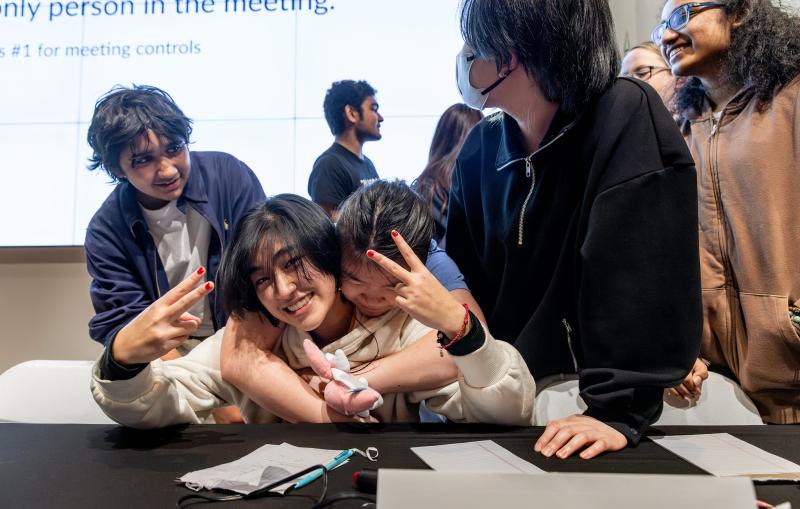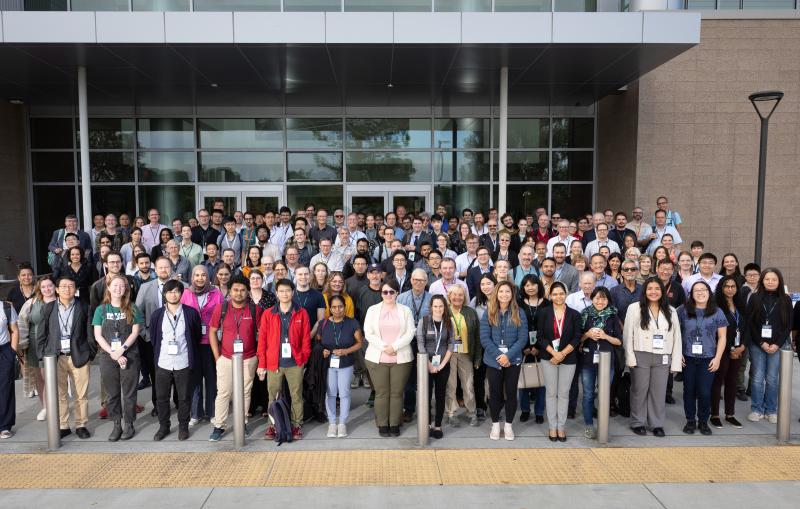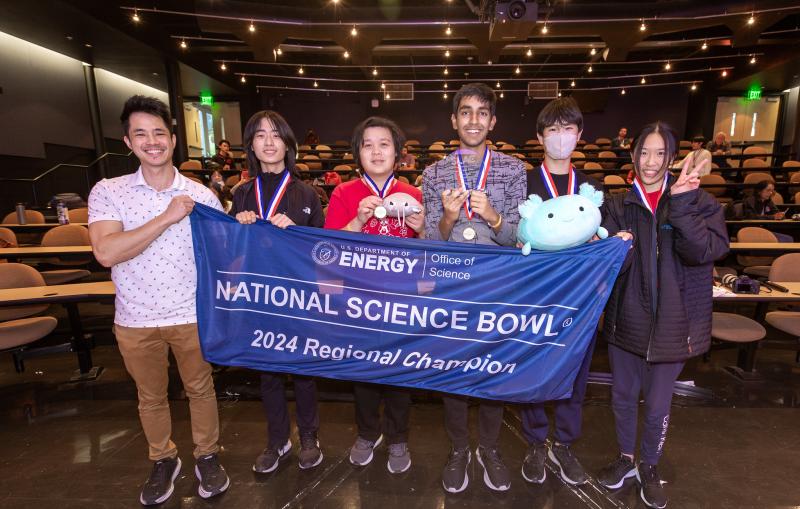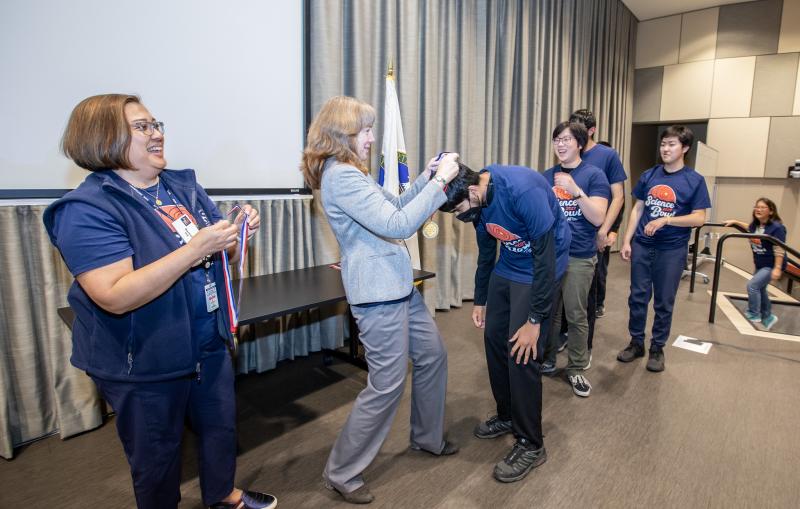DOE’s Energy Storage Summit convenes at SLAC
Representatives from industry, national laboratories and the investment sector explored partnerships in energy storage innovation.
By Aiko Takeuchi-Demirci
Nearly 300 representatives from industry, the Department of Energy, DOE national laboratories and the investment sector gathered to discuss energy storage innovation at the inaugural Department of Energy InnovationXLab Summit Sept.18-19 at DOE’s SLAC National Accelerator Laboratory.
The InnovationXLab Initiative and its associated summits showcase the unique opportunities presented by partnerships between industry and national laboratories and provide people from both sides important insights into the larger landscape of technical resources and capabilities that can be harnessed to tackle important national challenges.
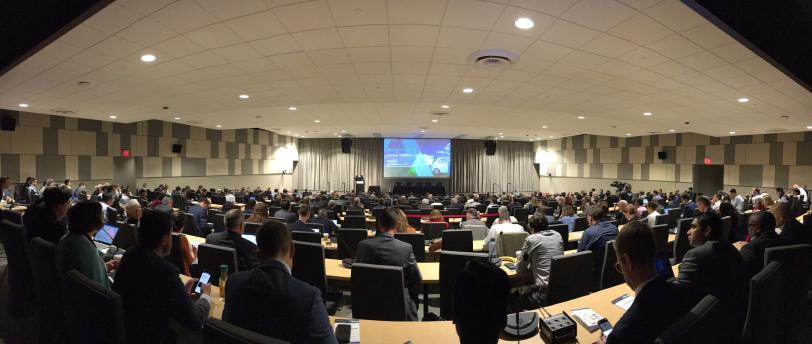
SLAC was chosen as the venue for the inaugural event because it is “a truly transformational place,” said Paul Dabbar, DOE’s under secretary for science. He told the audience in the Panofsky Auditorium, “You are sitting in the room which is part of the history of innovation for this country and part of the history of Silicon Valley, and right now we are at a point in which batteries and storage can make a real difference.”
DOE invests in early-stage research and facilitates partnerships with industry that are aimed at creating cheaper, more reliable energy storage options for transportation and the grid and boosting competitiveness in global markets.
There are also ripe opportunities for research and development at national labs in technologies that go beyond today’s lithium-ion batteries, as well as in battery recycling. For example, high-energy X-ray experiments at synchrotron facilities like SLAC’s Stanford Synchrotron Radiation Lightsource enable scientists to understand what happens to battery materials during actual operation.
George Crabtree, director of the Joint Center for Energy Storage Research (JCESR), a DOE energy innovation hub based at Argonne National Laboratory, said, “JCESR provides new transformational materials, and industry can mix and match these materials to make better batteries.”
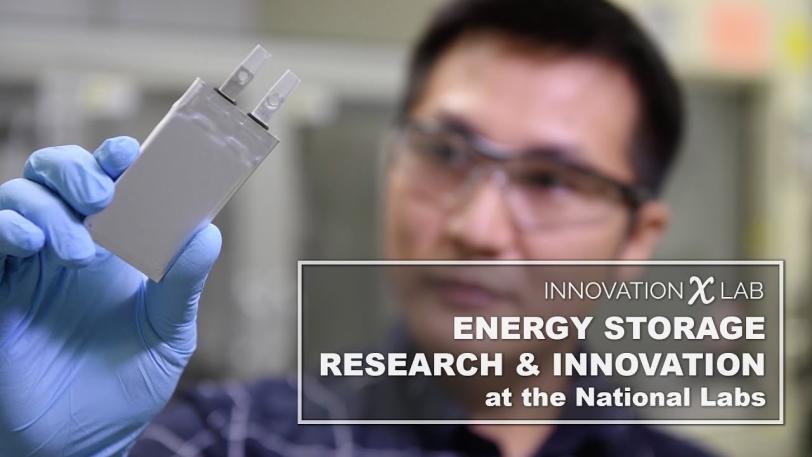
InnovationXLab: Tackling Energy Storage Challenges at America’s National Labs
Energy storage is one of the biggest challenges to unlocking the potential from the next generation of transportation and electricity grid technologies. The U.S. Department of Energy’s (DOE) InnovationXLab Energy Storage Summit showcased the broad array of technical resources available from across DOE’s National Lab complex that can be leveraged by industry to address these challenges.
Dabbar announced renewal of funding for JCESR with $125 million over the next five years at the Xlab Summit. Additionally, Dabbar announced 10 new ARPA-E projects totaling $28 million on long duration storage, needed to help balance a grid with increasing amounts of variable renewable energy.
Representatives from private companies shared their business perspectives on energy storage and on areas where technology innovations are happening or could happen in the near future. Keynote speakers included Ahmed Hashmi, global head of upstream technology at BP; Rob Morgan, CEO for energy storage at GE Power; Roy Kuga, VP for grid integration and innovation at PG&E; and Steve Westly, founder and managing partner of The Westly Group.
“A lot can happen in a decade,” said Morgan. “We saw it happen in solar, we saw it happen in wind, and I think we are seeing it in energy storage.” Decarbonization, digitalization, decentralization and electrification—“these technology innovations are happening at a pace that is driving change in the entire energy sector,” he said.
Business models are changing, too. Participants explored new models for partnerships between national labs, emerging and established companies and investors, and shared stories of successful collaborations. Panelists also discussed challenges that impede partnerships, such as the time required to finalize contracts, cultural mismatches between entrepreneurs and scientists, risks involving early investments, and a lack of incentives to commercialize innovation.
In remarks on the second day, Mark Peters, director of Idaho National Laboratory, said the real success of the summit will be measured in the number of new partnerships that result from connections made during the event.
After the workshop, participants had the opportunity to tour SLAC and Lawrence Berkeley National Laboratory.
Future summits will focus on grid technologies, smart buildings and cybersecurity, and many other technologies.
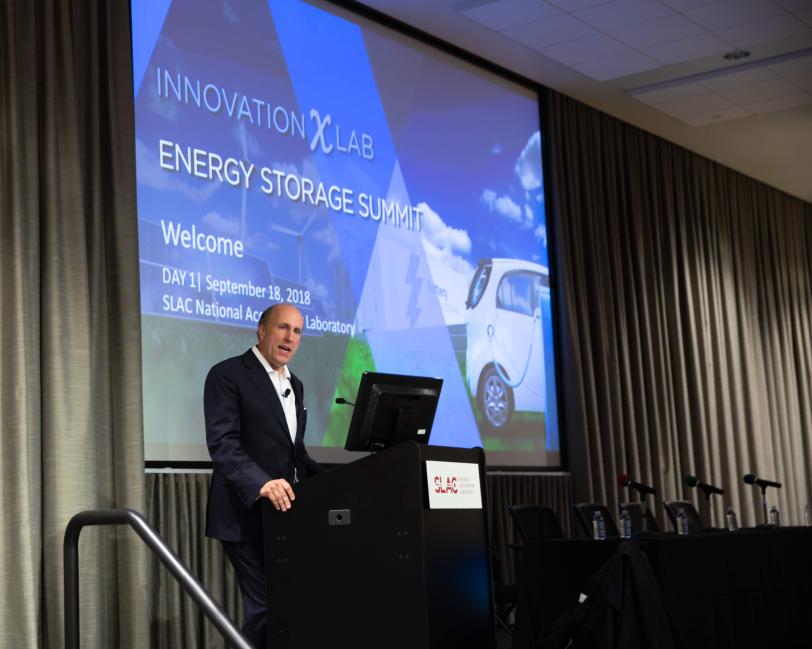
Contact
For questions or comments, contact the SLAC Office of Communications at communications@slac.stanford.edu.
About SLAC
SLAC National Accelerator Laboratory explores how the universe works at the biggest, smallest and fastest scales and invents powerful tools used by researchers around the globe. As world leaders in ultrafast science and bold explorers of the physics of the universe, we forge new ground in understanding our origins and building a healthier and more sustainable future. Our discovery and innovation help develop new materials and chemical processes and open unprecedented views of the cosmos and life’s most delicate machinery. Building on more than 60 years of visionary research, we help shape the future by advancing areas such as quantum technology, scientific computing and the development of next-generation accelerators.
SLAC is operated by Stanford University for the U.S. Department of Energy’s Office of Science. The Office of Science is the single largest supporter of basic research in the physical sciences in the United States and is working to address some of the most pressing challenges of our time.
